On the night of May 1, 2011, two helicopters carrying Navy SEALs lifted off from Jalalabad, Afghanistan, embarking on a mission to eliminate Osama bin Laden. These helicopters, later identified as modified MH-60 Black Hawks, were equipped with stealth technology designed to evade radar detection and minimize noise. Their existence was one of the U.S. military’s best-kept secrets—until one crashed during the operation, revealing a new era of clandestine aviation.
Unveiling the Stealth Black Hawk
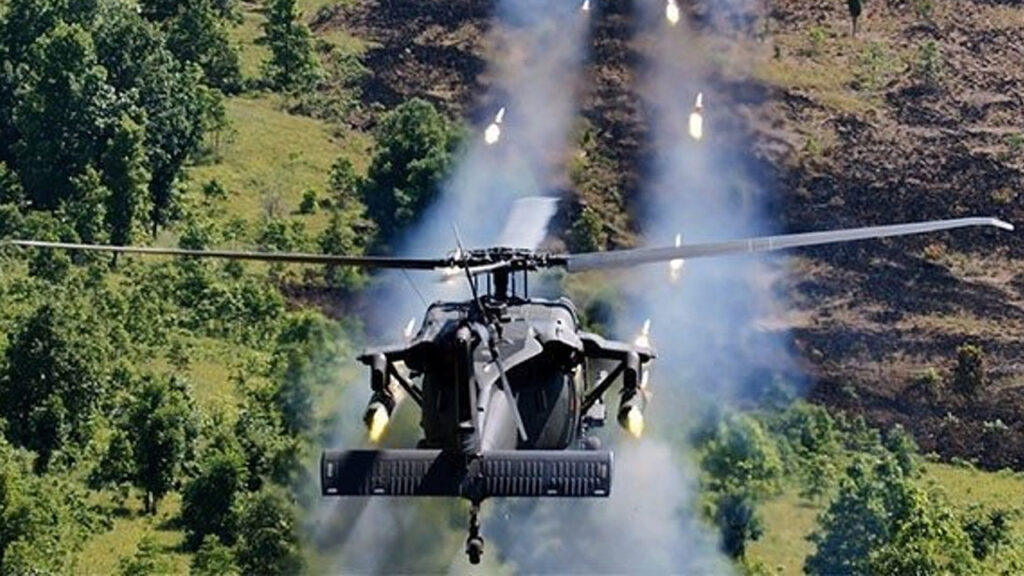
The downed helicopter’s tail section, which remained largely intact outside bin Laden’s compound, showcased features like angular surfaces and specialized materials aimed at reducing radar visibility. Analysts noted similarities to the canceled RAH-66 Comanche program, suggesting that the stealth Black Hawks incorporated advanced technologies from the RAH-66 Comanche program. The crash inadvertently exposed these innovations to the world, sparking widespread speculation and analysis.
Design and Capabilities
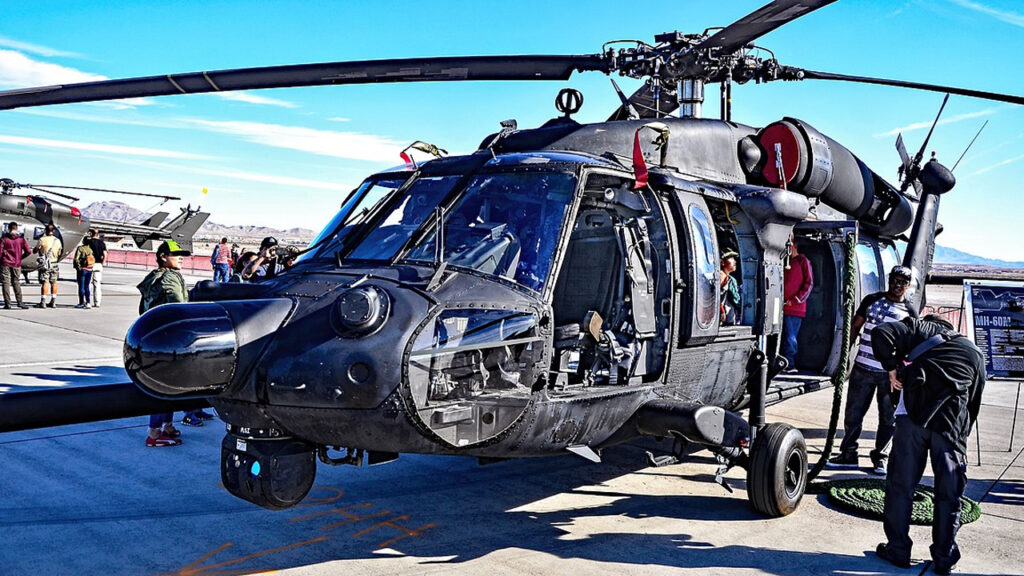
The stealth modifications on these Black Hawks included radar-absorbent materials, noise-reducing rotor designs, and infrared suppression systems. These enhancements allowed the helicopters to operate undetected in hostile environments, providing a strategic advantage in covert operations. The precise details of these modifications remain classified, but the visible components indicate a significant leap in rotary-wing stealth technology.
Operational Secrecy and Aftermath
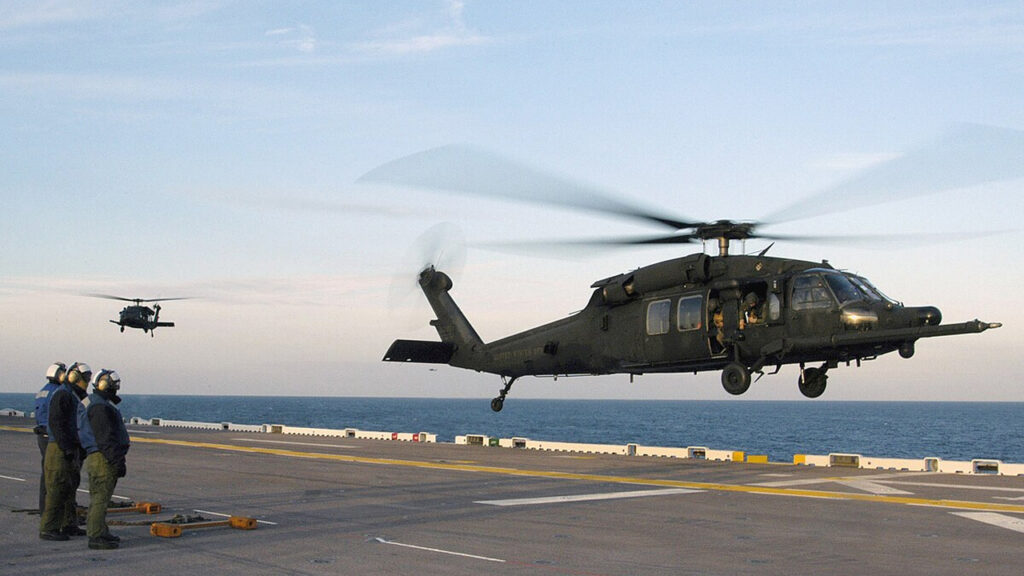
Following the mission, U.S. forces attempted to destroy the crashed helicopter to prevent sensitive technology from falling into foreign hands. Despite these efforts, parts of the wreckage were photographed and analyzed by experts worldwide. Reports emerged suggesting that foreign entities, including China, may have gained access to the debris, potentially compromising the helicopter’s classified technologies. This incident underscored the challenges of maintaining operational secrecy in the age of instant global communication.
Legacy and Impact
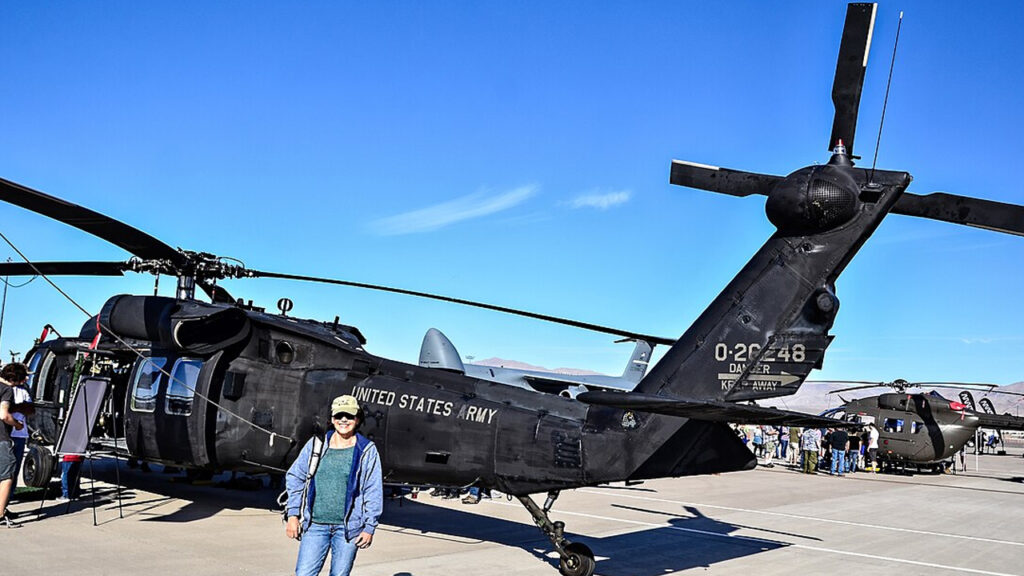
The inadvertent exposure of the stealth Black Hawk highlighted the U.S. military’s advancements in covert aviation technology. While the full extent of these capabilities remains undisclosed, the incident demonstrated the lengths to which the military will go to maintain a tactical edge. The operation’s success, despite the unforeseen complications, reinforced the importance of technological superiority in modern warfare and the continuous evolution of stealth capabilities.


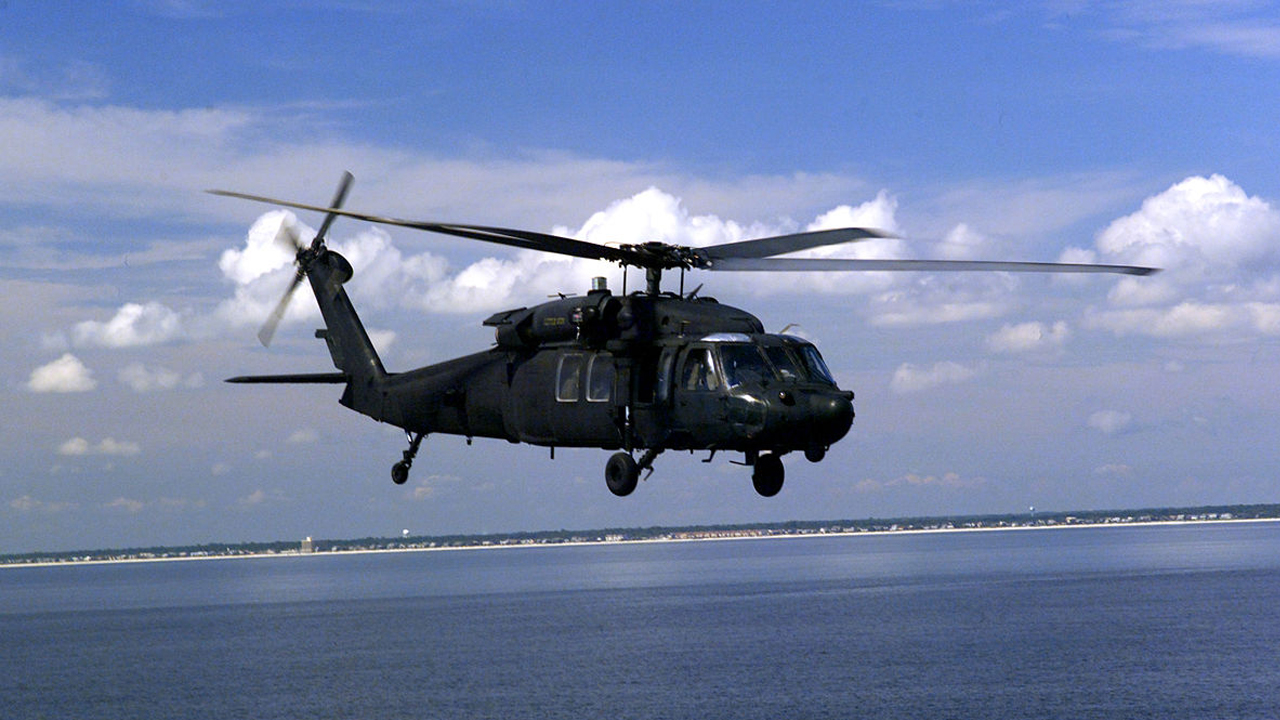

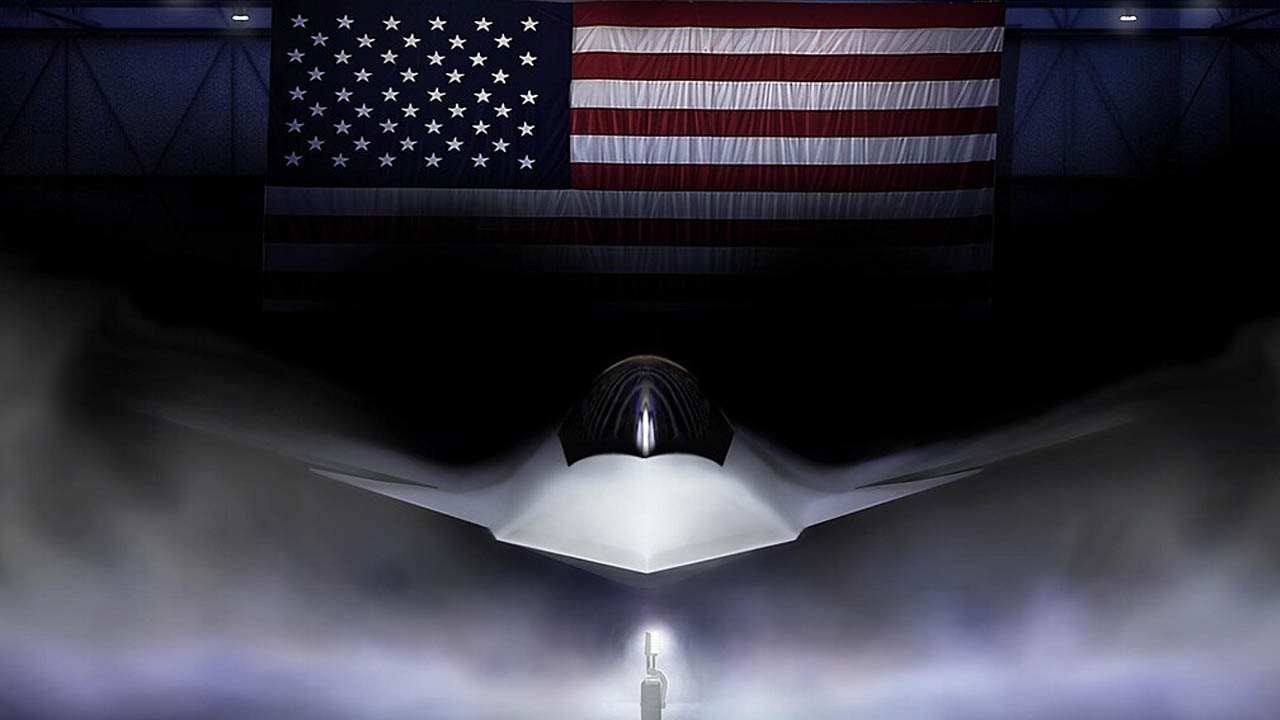
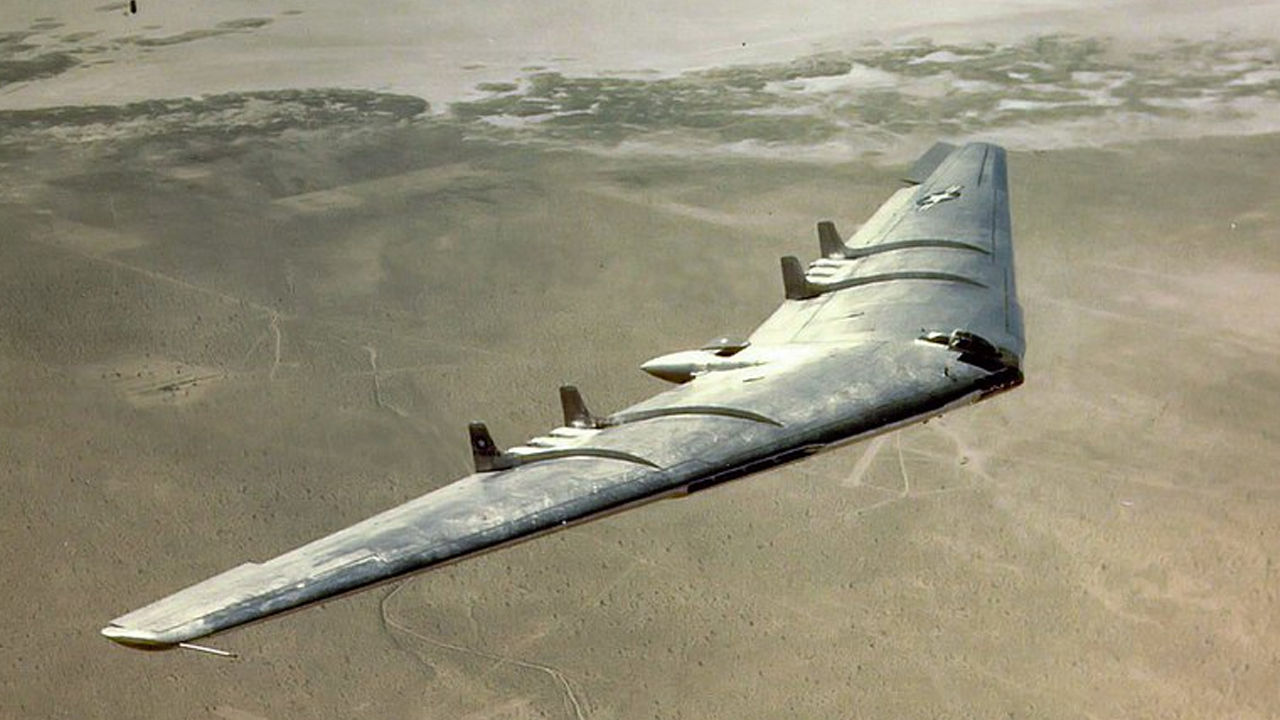
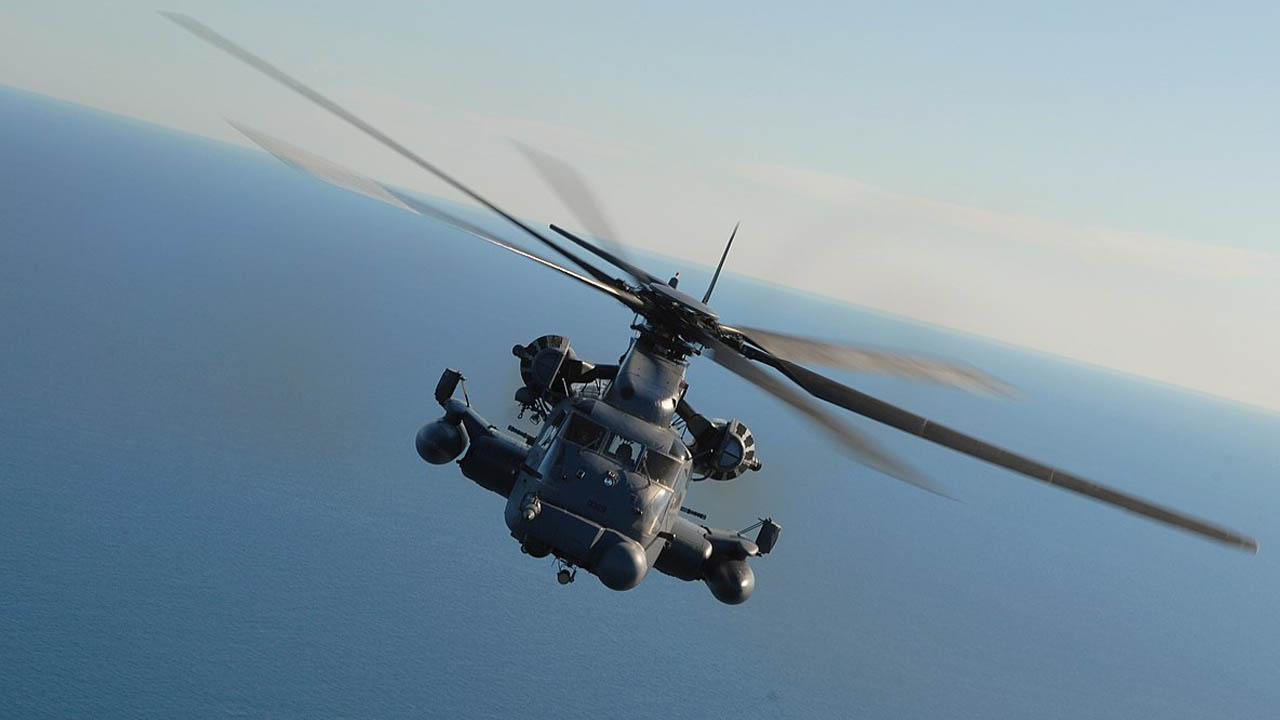
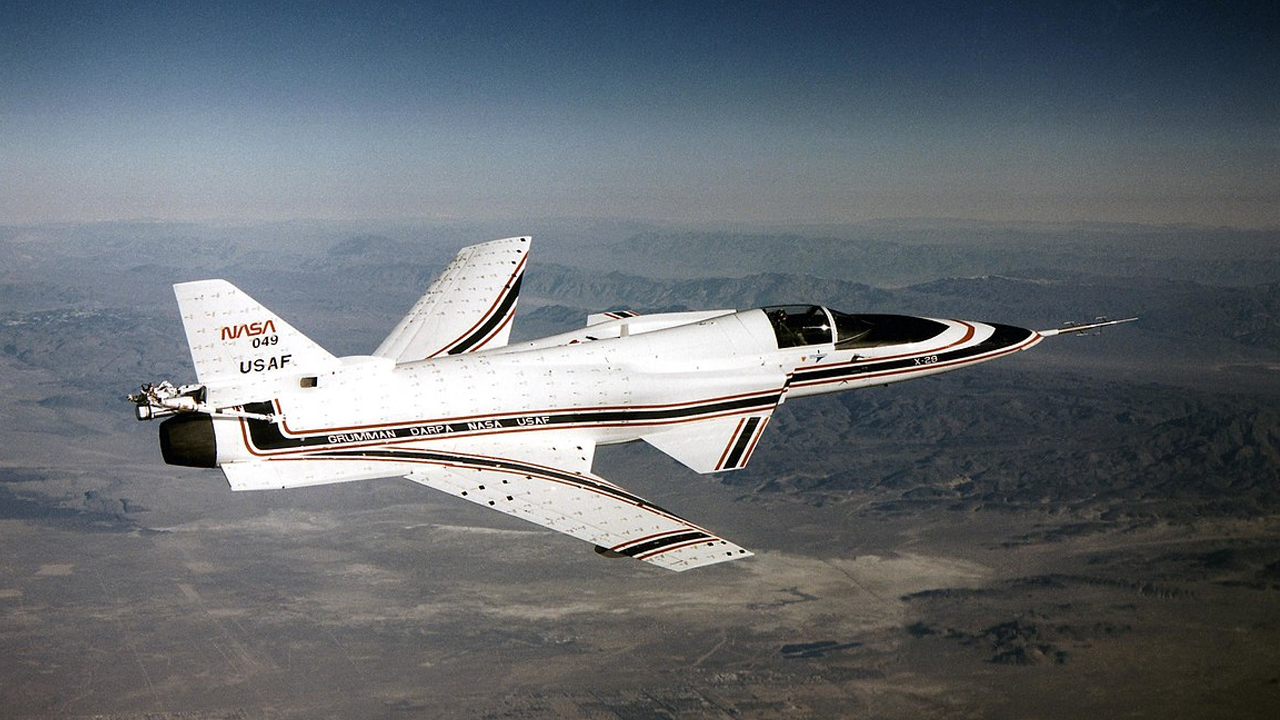
Leave a Reply